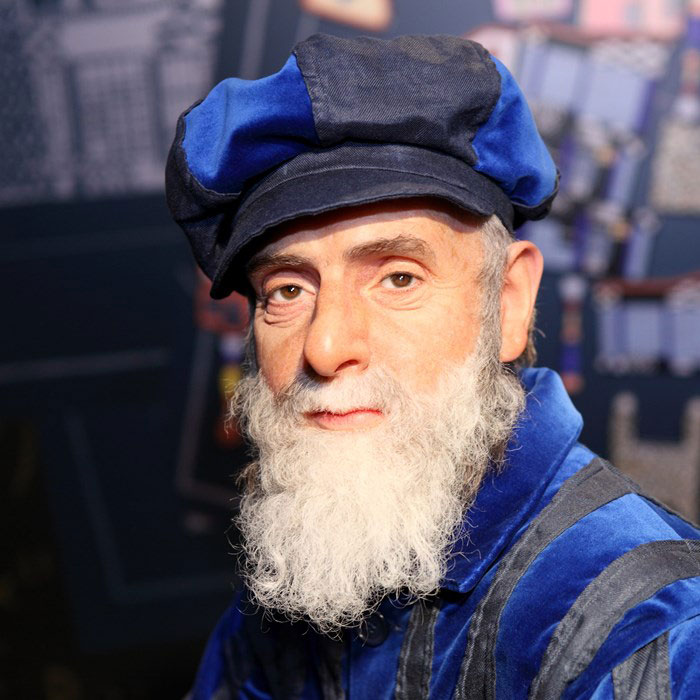Friedensreich Hundertwasser (Austria, 1928–2000) was a painter, printmaker, and architect best known for his paintings characterized by colorful, ornamental, and biomorphic shapes. Born in Vienna, he spent a few months at the Viennese Art Academy before setting off to travel through Italy, Morocco, Tunisia, and Nepal.
Inspired by the Vienna Secession movement, especially the work of Austrian painters Egon Schiele and Gustav Klimt, Hundertwasser incorporated his decorative, labyrinthine spirals into his paintings, and designs for postage stamps and flags. He developed his own theory of transautomatism, which was inspired by the Surrealist concept of automatism (painting or drawing without conscious self-censorship), and sought to loosen the rigid rules of conventional art to emphasize the viewer’s experience. In the 1950s, Hundertwasser began designing architectural projects—such as his famous Hundertwasser Housein Vienna—which create organic, irregular forms that evoke the natural landscape. His work is currently held in several museum collections, including Museo Thyssen-Bornemisza in Madrid, the Sammlung Essl – Kunsthaus in Klosterneuburg, Austria, and the KunstHausWien in Vienna.

